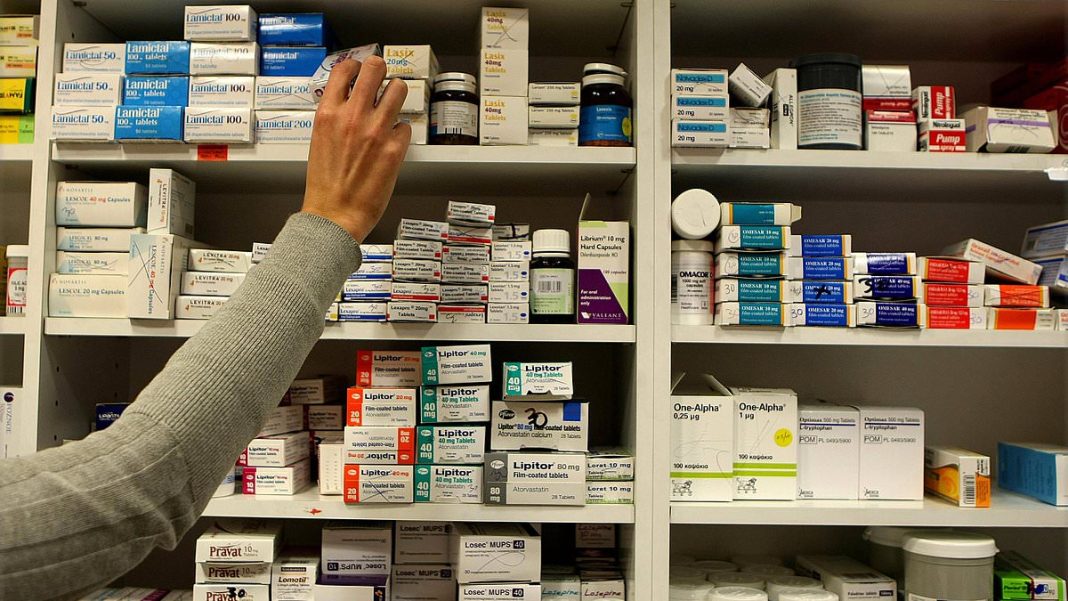Experts pinpoint cause of autism – paving way for drug treatments,
A landmark discovery by scientists has uncovered a common genetic fault linked to autism—raising hopes for a new generation of targeted treatments.
While it has long been understood that autism often runs in families, exactly how inherited changes in DNA lead to the condition has remained unclear.
Now, researchers at Kobe University in Japan have found that many of the mutations associated with autism appear to disrupt the brain’s natural ‘maintenance’ system—the internal process that clears out waste and damaged material, allowing brain cells to function as they should.
When this clean-up system fails, as the study suggests it does in many cases of autism, waste begins to build up inside nerve cells, damaging their ability to send and receive signals.
This breakdown may help explain some of the core features of autism, including difficulties with learning, language and social interaction.
The research, published in Cell Genomics, focused on identifying what different high-risk genetic variants actually do inside the brain.
Scientists have known for years that certain genetic mutations are more common in people with autism—but until now, there was no standardised way to study the effects of those mutations in the lab.
To solve this, the Kobe team created a library of 63 specially engineered cell lines—groups of cells grown in the lab that are genetically identical, allowing researchers to conduct consistent experiments.
Each line carried one of the genetic mutations most strongly associated with autism spectrum conditions (ASC).
These cells were created using mouse embryonic stem cells—taken from early-stage mouse embryos—which have the unique ability to develop into any kind of tissue in the body, including brain cells.
No human embryos were used.
To introduce the mutations, the scientists used CRISPR, a gene-editing technology that allows precise changes to DNA.
It enabled the team to effectively model autism in the lab—creating what some researchers describe as ‘autism in a dish.’
From these modified cells, the team was able to grow various types of brain tissue—and even generate adult mice with the same mutations—giving them a powerful way to study how genetic changes affect both brain structure and behaviour over time.
What they found was striking. Across many of the mutations, a common problem emerged: the brain’s waste-disposal system wasn’t working properly.
Brain cells—particularly neurons, which carry electrical signals and control thought, emotion, and behaviour—were struggling to get rid of faulty internal components.
As the study puts it, ‘a lack of quality control of these proteins may be a causal factor of neuronal defects.’
The authors note this is ‘particularly interesting since the local production of proteins is a unique feature in neurons.’
In simple terms, neurons are constantly producing new components to help them send messages.
But if they can’t clear out old or broken parts, the system becomes clogged and starts to malfunction—potentially disrupting the brain networks that support communication, learning and social development.
The implications may go beyond autism.
Many of the same genetic mutations are also found in people with other mental health conditions, such as schizophrenia and bipolar disorder.
As the authors note: ‘Interestingly, the genetic variants we studied are also implicated in other neuropsychiatric disorders such as schizophrenia and bipolar disorder.
‘So, this library may be useful for studying other conditions as well.’
The researchers hope that by better understanding what these mutations do, scientists will be able to identify new drug targets—and eventually, develop treatments tailored to a person’s unique genetic profile.
While any clinical application is still likely years away, the discovery marks a turning point in autism research—moving beyond simply spotting risk genes to uncovering the biological chain of events that may cause the condition in the first place.
It follows soaring rates of autism—with a 787 per cent rise in the number of diagnoses in the UK between 1998 and 2019 reported in a 2021 study.
Last month NHS data showed that more than 200,000 people—triple that in 2021—are waiting for an autism assessment in England.
In the US, one in every 31 children aged eight or younger had autism in 2022 — a rate of 32.2 per 1,000. That’s up from one in 36 in 2020, and one in 44 in 2018.
By comparison, early studies from the 1960s and 70s estimated autism rates to be as low as 1 in 5,000.
Famous figures with ASC include environmental activist Greta Thunberg, 22, and billionaire entrepreneur Elon Musk, 53, founder of Tesla and owner of X (formerly Twitter).
As the condition affects people in many different ways, some autistic individuals do not view it as an illness requiring a ‘cure’.
Instead, they see it as a difference—one that should be understood and accommodated, rather than treated or fixed.
The Kobe University research is not the first to examine genetic links to the condition to provide an answers.
Earlier this year, experts found some cases of autism may be caused by the genetic condition myotonic dystrophy type 1 (DM1).
Those with the little-known genetic condition were found to be 14 times more likely to develop autism.
Other studies have suggested environmental factors could be a potential cause of autism.
Last year, research found a common plastic additive found in everything from pacifiers to metal foods had been linked to an increased risk of autism in boys.
It found that higher levels of chemical bisphenol A (BPA) in a pregnant mother’s urine more than tripled the chances a young boy developing autism symptoms by the age of two.
Those same boys were six times more likely to be diagnosed with autism by age 11 — compared to those whose mothers had lower BPA levels during pregnancy.
The chemical BPA is intended to harden plastics and prevent metals from rusting, among other uses.
It has also been dubbed a ‘gender-bending’ chemical due to its apparent role spurring hormonal and sexual disruptions in humans, fish and other species.






